Updated: 05-Aug-2025
Although it appears ordinary on the outside, it conceals one of the most daring crankshaft systems known.
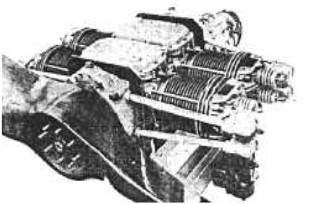
“Varcin Engine”
-Around 1935, Leopold Varcin designed this 4-cylinder engine in which the ordinary connecting rods were replaced by rigid ones with pistons.
-The connection to the crankshaft is also atypical, as a double rack is used, as seen in the diagram below.
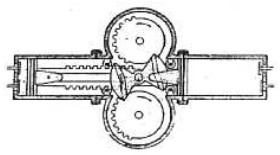
“Varcin Mechanism”
-The two pistons of the opposite cylinders are rigidly held by this connecting rod, which contains the two racks. In fact, it acts as a shuttle.
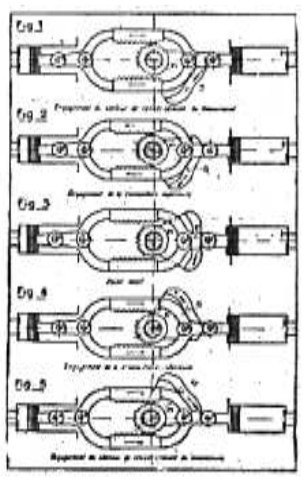
“Gearing System”
-The drive shaft, since it is not a crankshaft, has exactly one pinion—at the level of the shuttle—with only one gear sector.
-It is counterweighted to produce the necessary inertia.
-When the shuttle moves in one direction, it drives the gear on one side, and when it moves in the opposite direction, it does so on the other side.
-Bench tested, it produced 70 hp.
-Despite being a seductive idea, it never went into production or was copied.
-The prototype of this interesting engine is at the MAE engine reserve, and its originality lies in its interior, in its connection of connecting rods (which actually are not) and crankshaft (which isn't a crankshaft either).
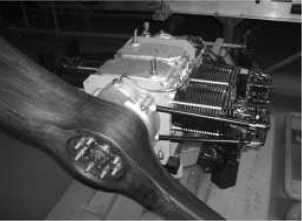
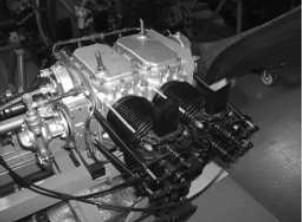
"Varcin engine prototype"
From Appendix 6: Another system for connecting the toothed connecting rod to the wheels is shown below.
-The toothed shaft drives two freewheels that rotate freely in one direction and engage in the other.
-Both freewheel gears are connected to the main drive shaft.
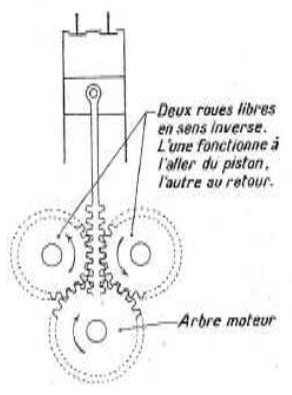
"Alternative Mechanism of Varcin's Principle"
Motores de VARCIN
Model: 4-cyl. boxer
Arquitecture:
Cooling:
Total Displacement:
Bore / Stroke: x
Power:
Weight:


